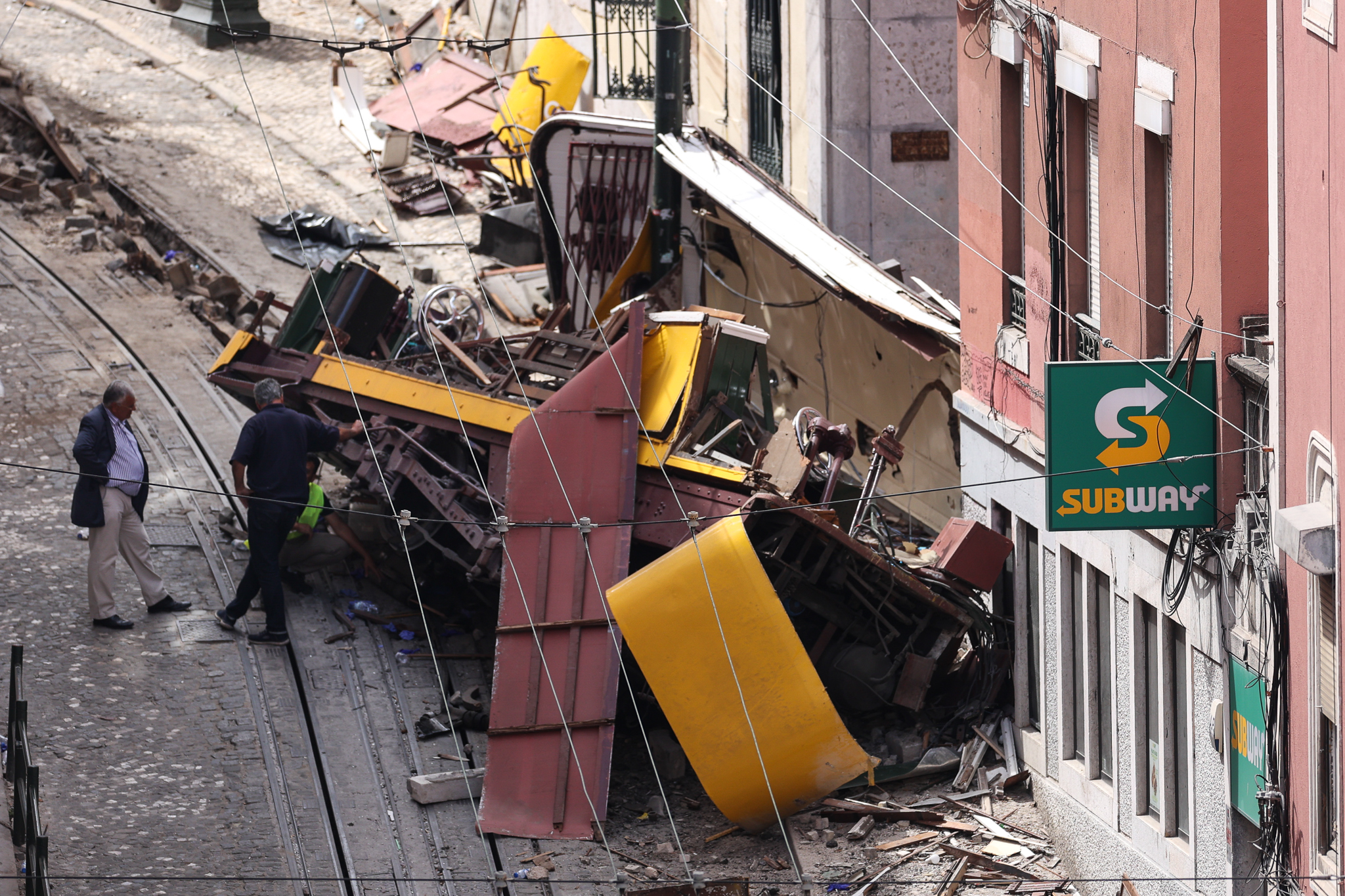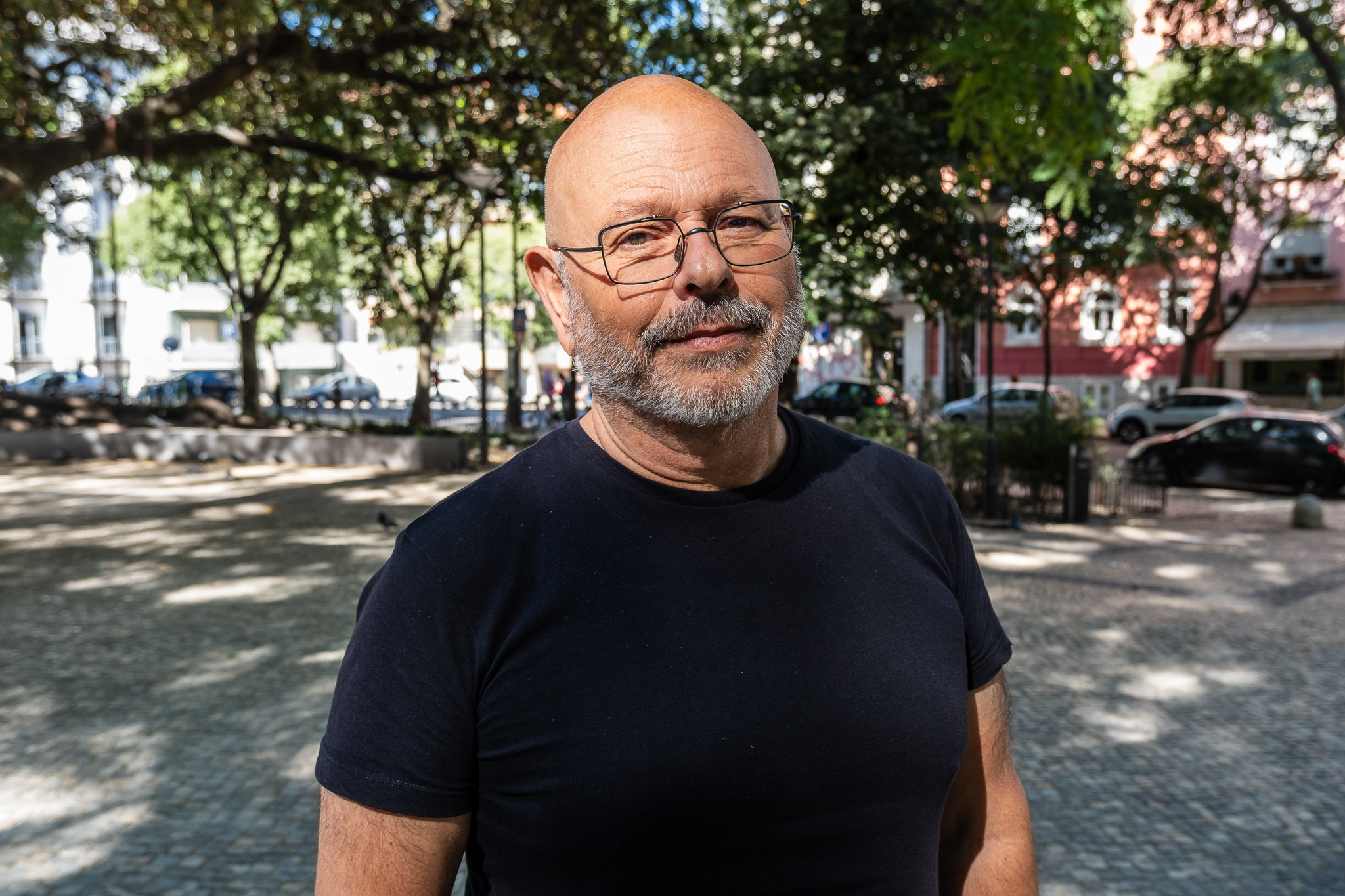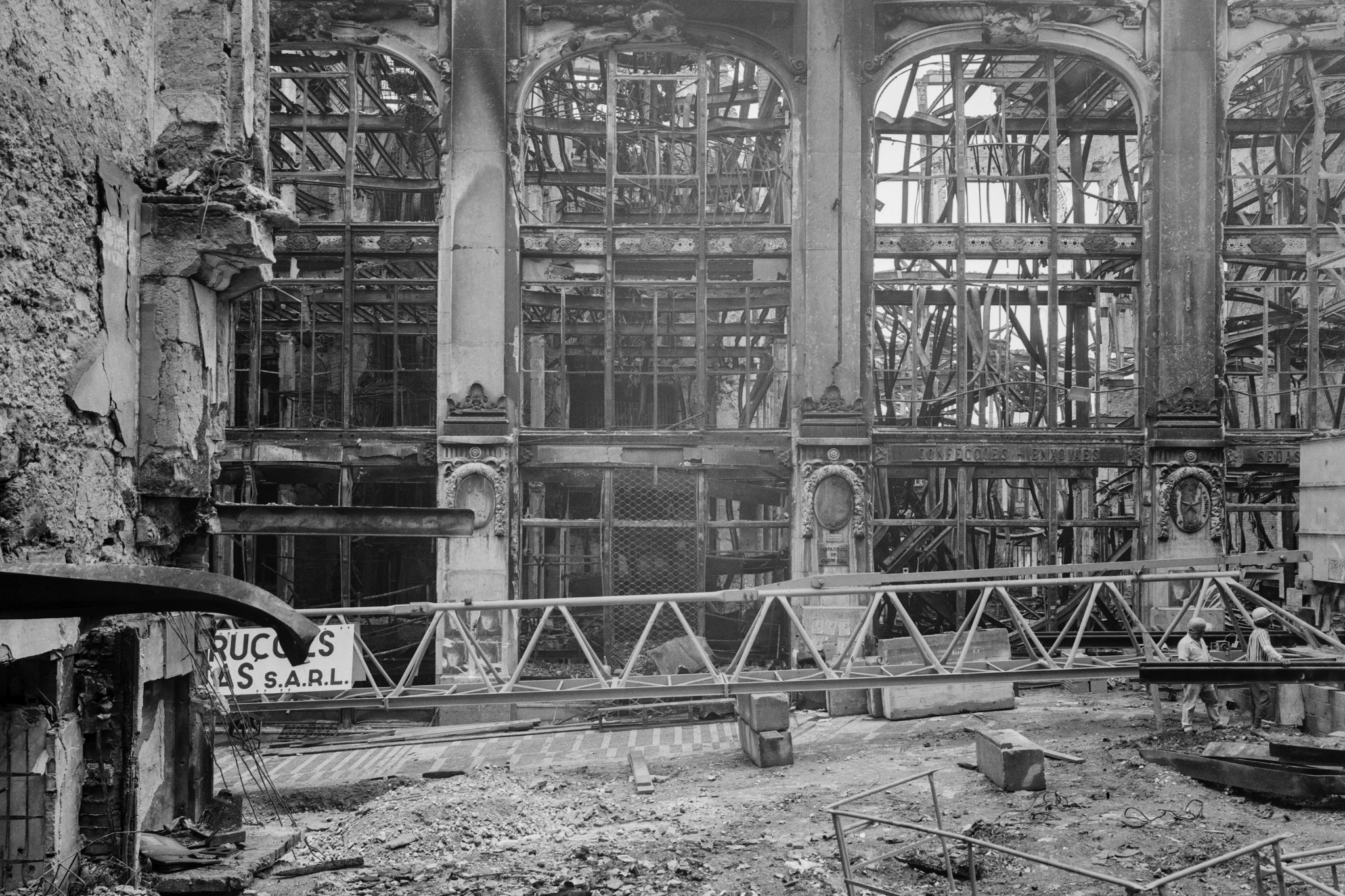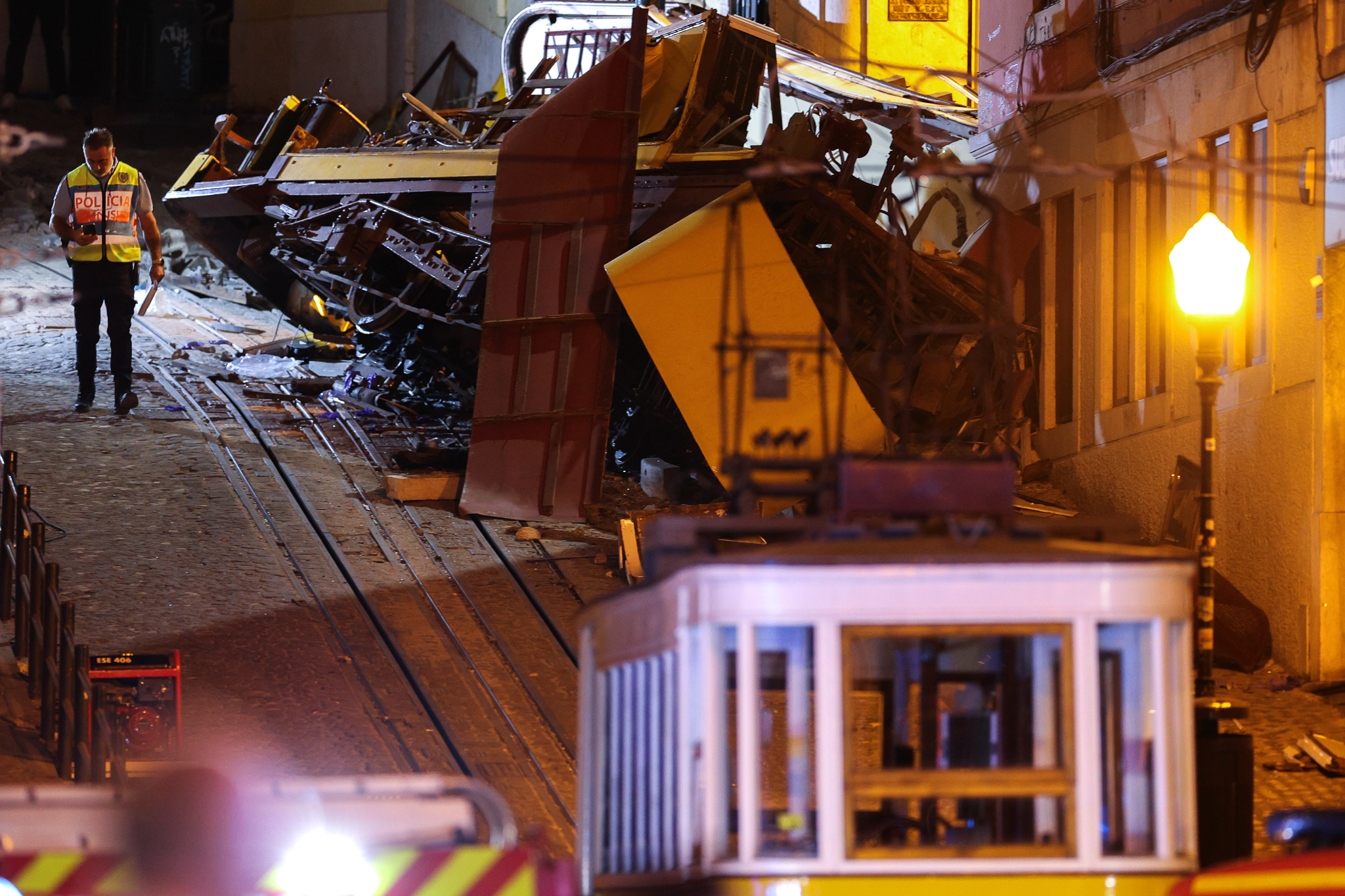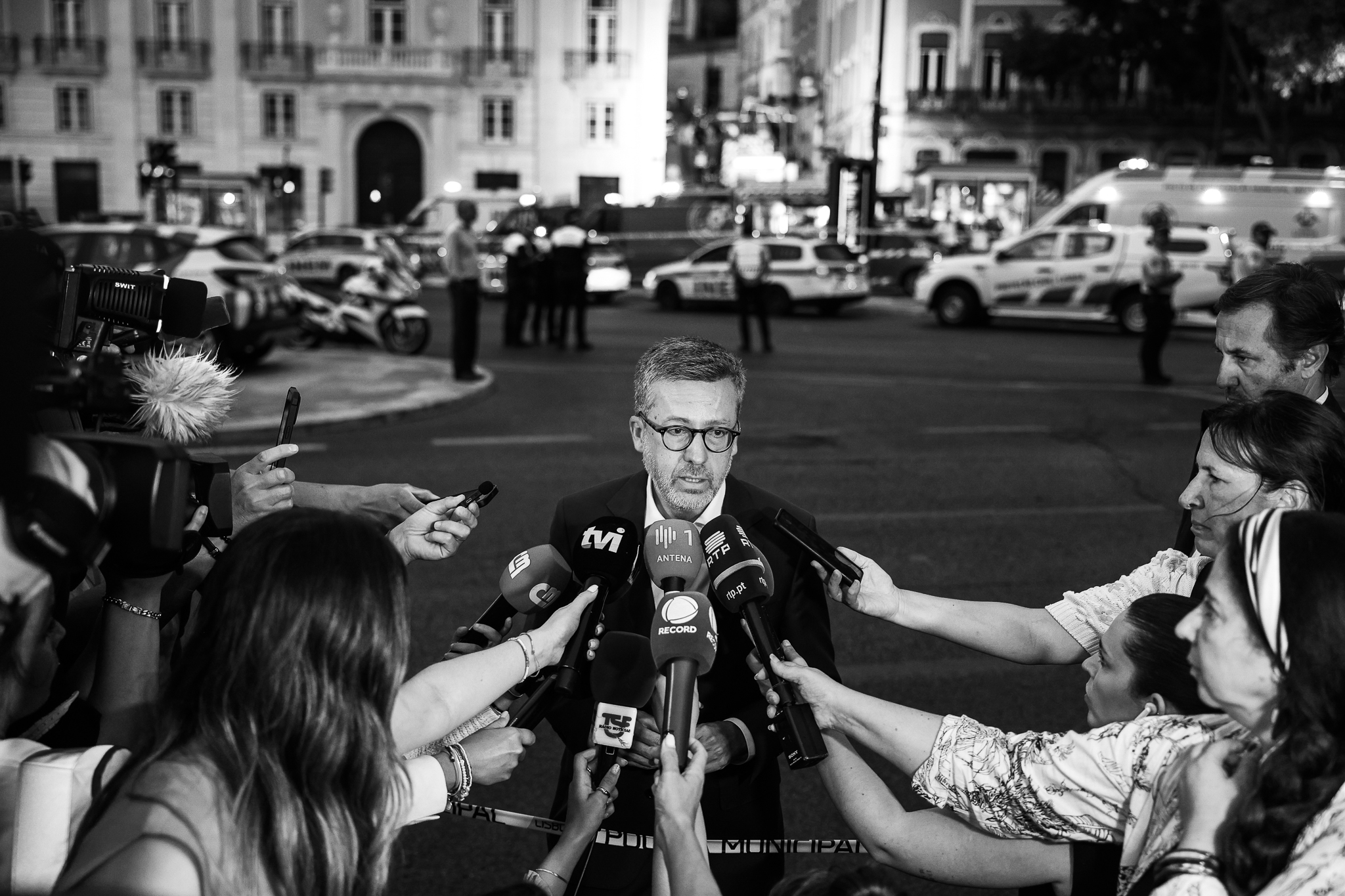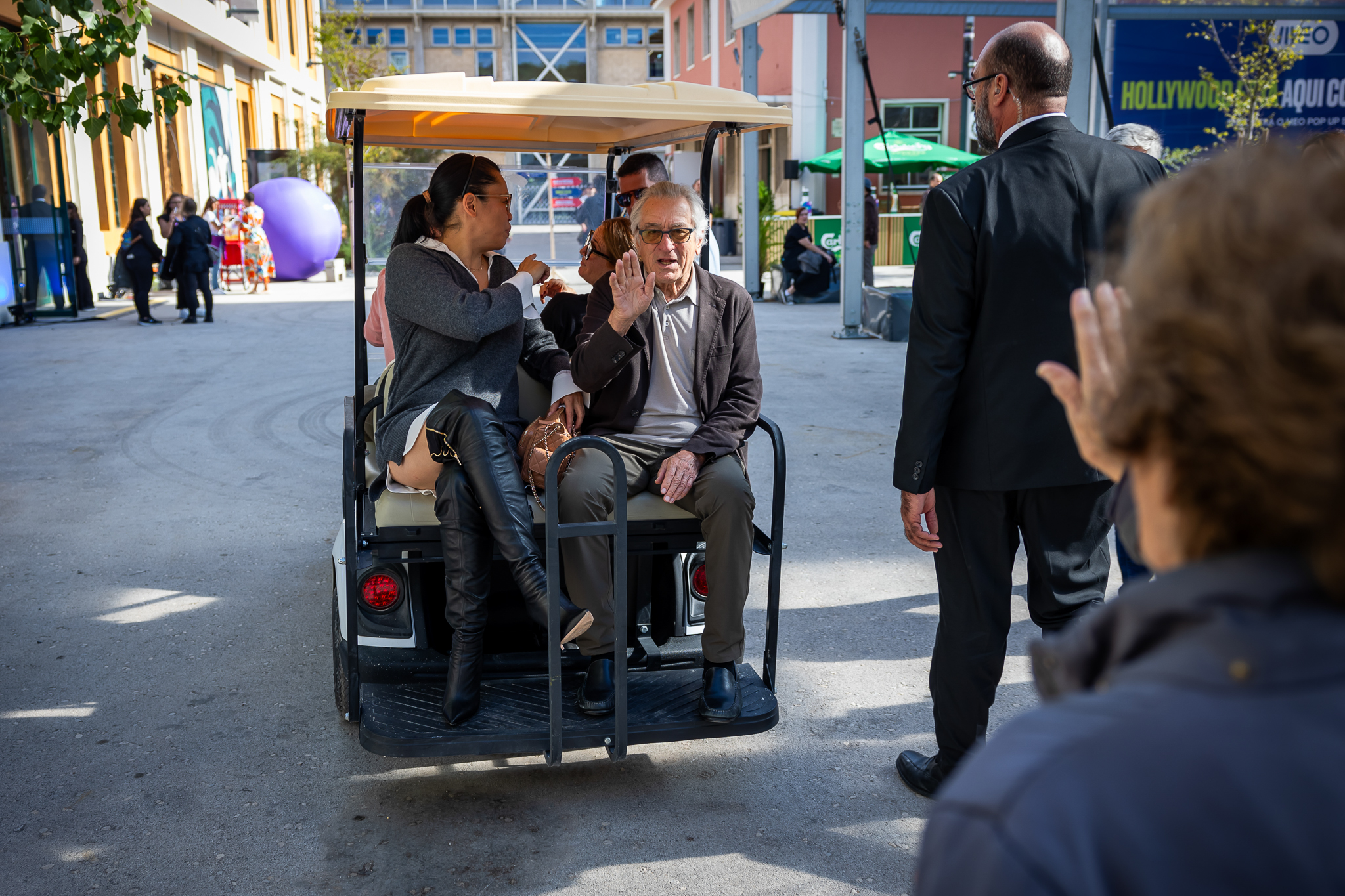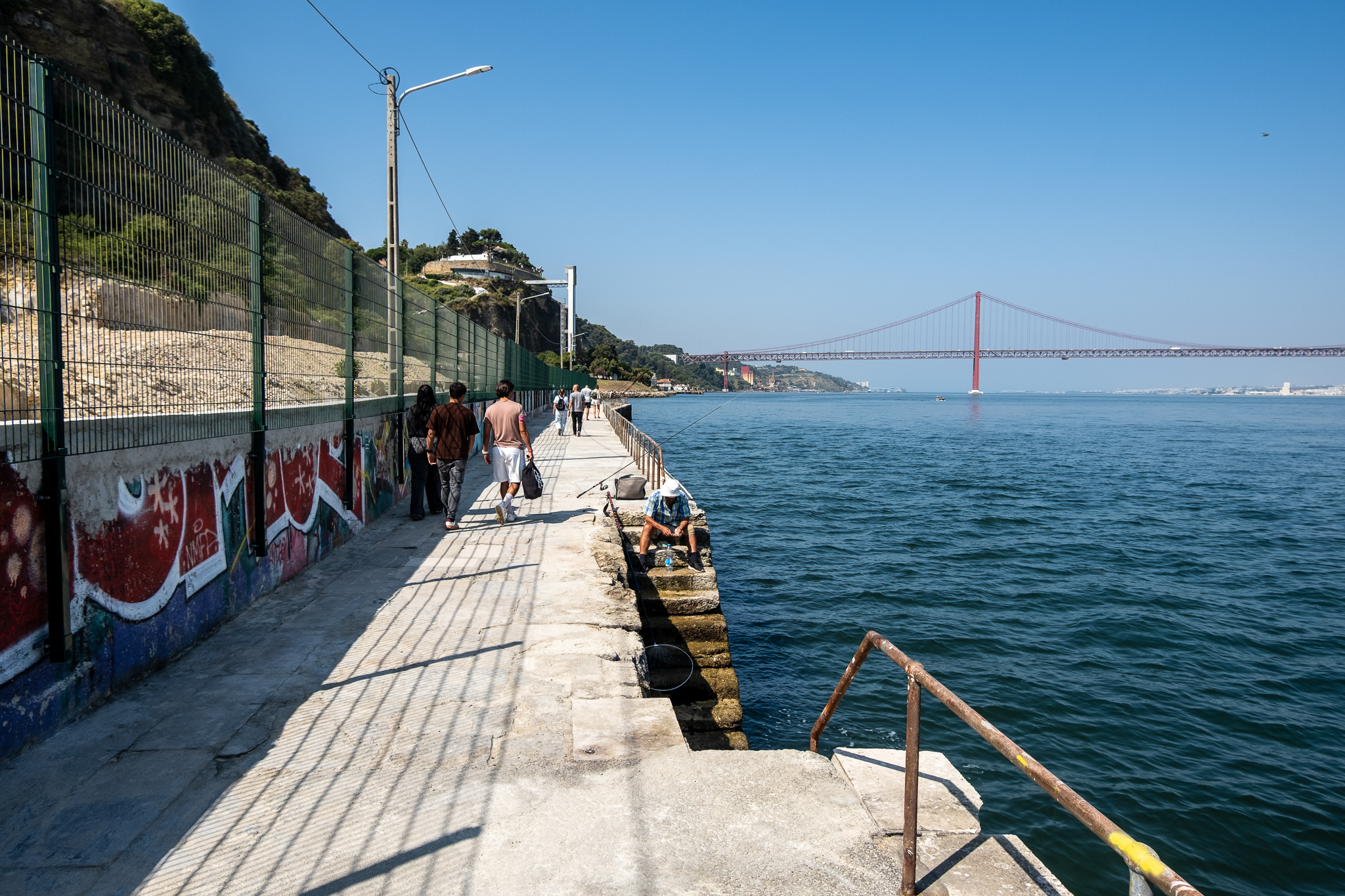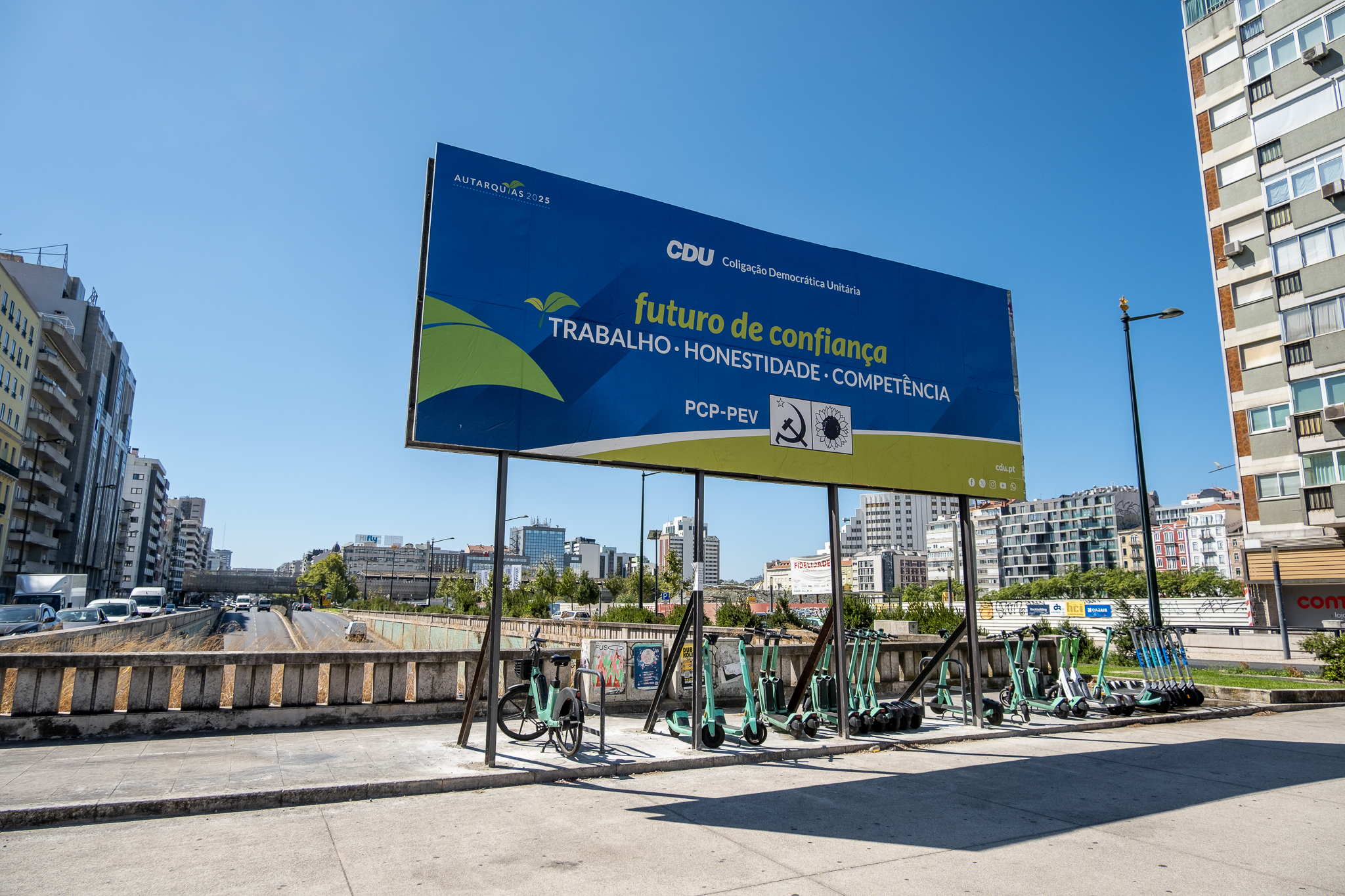
When at the time of Expo 98 the area now known as Parque das Nações was planned and designed, river transportation was not forgotten. In 1998, boats docked at the so-called Tagus Gate to drop off or pick up visitors to the great International Exhibition. Two years later, Transtejo created regular connections between Parque das Nações and the south bank: Seixal, Barreiro and Cacilhas. The lack of passengers dictated a reduction of supply in 2003 and the end of the service in 2006. Today, the Parque das Nações river terminal is abandoned, despite the fact that this part of the city, now a parish, has a completely different housing and business dynamic than it had two decades ago.
From Expo to abandonment
From Belém to Porto Brandão or Trafaria. From Cais do Sodré to Cacilhas, Seixal or Montijo. From Terreiro do Paço to Barreiro. This is how the public fluvial transport map between the two banks of the Tagus River is made up, assured today by TTSL (Transtejo Soflusa)The latter resulted from CP's operation of the fluvial connection between Terreiro do Paço and Barreiro, which established a bridge between the railway network north and south of the Tagus estuary.
The river connection between Parque das Nações and the south bank was established in 1998 in the context of Expo 98. The intention was to facilitate visitor access to the Lisbon International Exhibition and, at the same time, to offer a different view of a waterfront that had just been renovated in the capital, a privilege that many will have known how to take advantage of.

Two years later, on March 1st 2001, Transtejo started a regular line between Parque das Nações, Seixal and Cacilhas with four or five trips a day. To Seixal they lasted 20 minutes and cost 300$ (at the time the currency was the escudo) or about 1.50€ (or 2.50€ round trip); to Cacilhas they were shorter and, therefore, cheaper: 15 minutes and 1.10€ (or 1.90€ round trip). Transtejo took advantage of the launch of the new routes to introduce a family ticket for couples with children under 12 years old; they cost between €3.75 and €6.00 round trip.
To Transtejo customers are the core of its business. Therefore, from March 1st (Thursday) we will start new connections to Parque das Nações from Cacilhas and Seixal with catamaran class ships, thus ensuring a quality service with speed, comfort and safety. These connections represent a great effort by Transtejo to bring the two banks of the Tagus River closer together for regular and occasional trips, providing a competitive option with other means of transport. The schedules and frequencies of the initial connections are experimental, so the collaboration of passengers is fundamental to adapt them to the real needs of the majority of potential users. Giving your opinion contributes to further improve our service.
- information on the Transtejo site, as of March 1st 2001 (via Arquivo.pt)

March 2001 thus marked the reopening of the Tagus Port, the name of the river terminal of the then Expo 98. It was a result of a protocol signed between Transtejo and Parque Expo, S.A., a public company that had been created to organize the 1998 Lisbon International Exposition and to rehabilitate the entire waterfront now known as Parque das Nações. "advanced state of social and environmental decay". Parque Expo, S.A. ended up formally extinguished only in December 2016, but in 2013, after the local elections, the Parish Council of Parque das Nações now manages the 415 hectares "cleared" for the construction of Expo 98.
Back to the boats. These docked at Parque das Nações between 2001 and 2003. In October 2001, a new connection to Barreiro was created. But in January 2003 the suspension of all boats to and from Parque das Nações on weekdays was announced: the schedules and frequency was maintained only on weekends, when there was greater demand. João Franco, then president of Transtejo's board of directors, explained to Lusa news agency which "the decrease in the number of customers was constant"to the point that the company "to carry more crew members than passengers". "Our goal is to carry passengers, not to go boating"commented the person in charge.
The higher demand recorded on weekends and holidays suggests that the supply of public transportation at Parque das Nações was mostly used for leisure purposes. After all, that eastern part of the city claimed to be an excellent place for strolling and relaxing with the family, with spacious green areas, thematic and interactive gardens, and attractions such as the Lisbon Oceanarium or the Pavilion of Knowledge.
But the dynamic of Parque das Nações has changed in the last twenty years. It remains a prime leisure area, but large companies, several services and also many people have settled there. The parish - which was only formed between 2012 and 2013, resulting from the aggregation of part of the old parish of Santa Maria dos Olivais (Lisbon) with part of the parishes of Moscavide and Sacavém (Loures) - had 21,025 inhabitants in 2011, according to the Census of that year. In the 2021 Census22,350 inhabitants are registered - an increase of 6.3%. Parque das Nações is also the venue for a wide variety of events, fairs, and concerts, thanks to facilities such as the Lisbon International Fair (FIL) or the Altice Arena (formerly Pavilhão Atlântico), the largest concert hall in the country. Restaurants have also developed in this area, with an attractive offer.
The Parque das Nações connection was suspended on January 1, 2006. A petition that will have started circulating in 2019 gathers just over 280 signatures and advocates the return of the boats to Parque das Nações. "I don't know if you remember, but during and after Expo 98 there was a direct connection by boat between the south bank and Parque das Nações. This trip was nice, cheap and above all very fast (less than 30 minutes)! Unfortunately at the time there were few companies at Parque das Nações and supposedly for profitability reasons the connection was cancelled.", reads the petitioner's text, which is unsigned.
The Tagus Quay Network and the possible future of the quay at Parque das Nações
The old river pier at Parque das Nações - the Tagus Port - is today well located, near the Altice Arena, FIL, the offices of major companies, the Oriente railway station and several points of cultural, social and gastronomic interest. Complemented with the public transportation network in the area, which includes both Carris buses and the Metro that already reaches Moscavide, as well as the GIRA and the bicycle path infrastructure, the river pier could serve those who today live, work, study or visit Parque das Nações.
But would the return of river public transportation to the eastern part of the city be sustainable? Well, that hypothesis is not being studied at the moment, but there is a will to rehabilitate the quay at Parque das Nações and place private transport operators there. The objective is to do the same with other piers along the Tagus River and integrate them into the so-called Tagus Quay Network. This project is being promoted by the Lisbon Tourism Association (ATL) and the Lisbon City Council (CML), based on a proposal by PSD councilwoman Teresa Leal Coelho. According to a previous study carried out by ATL and quoted by Público newspaperthe rehabilitation of the quay at Parque das Nações could cost 950 thousand eurosIn addition to the recovery of the infrastructure, it is necessary to dredge that river area.

A Tagus Quay Network was presented in January 2020, still unaware of the pandemic that would take the world by storm. A protocol signed between ATL and CML signaled the intention to rehabilitate pontoons and piers on both sides of the river and put them at the service of private operators, who could use them to operate a wide variety of passenger transportation services between the two banks - either for leisure or tourism, or for everyday use.
The project began by foreseeing a total of 13 docking points in five riverside municipalities: six in Lisbon (Belém, Parque das Nações, Sul e Sueste, Cais da Matinha, Alcântara and Cais do Gás), four in Almada (Cacilhas, Porto Brandão, Trafaria and Ginjal) and the other three in Montijo, Seixal and Barreiro. Some of these wharves are active with Transtejo's services and would only be adapted to receive at the same time the Cais do Tejo network; other wharves would have to be completely rehabilitated, as is the case of Parque das Nações, Matinha or Ginjal. Despite covering only Lisbon, Almada and Montijo for the time being, the Tagus Quay Network may include the municipalities of Oeiras, Loures, Moita, Alcochete and Vila Franca de Xira in the future, allowing even more river connections in the region. AML.
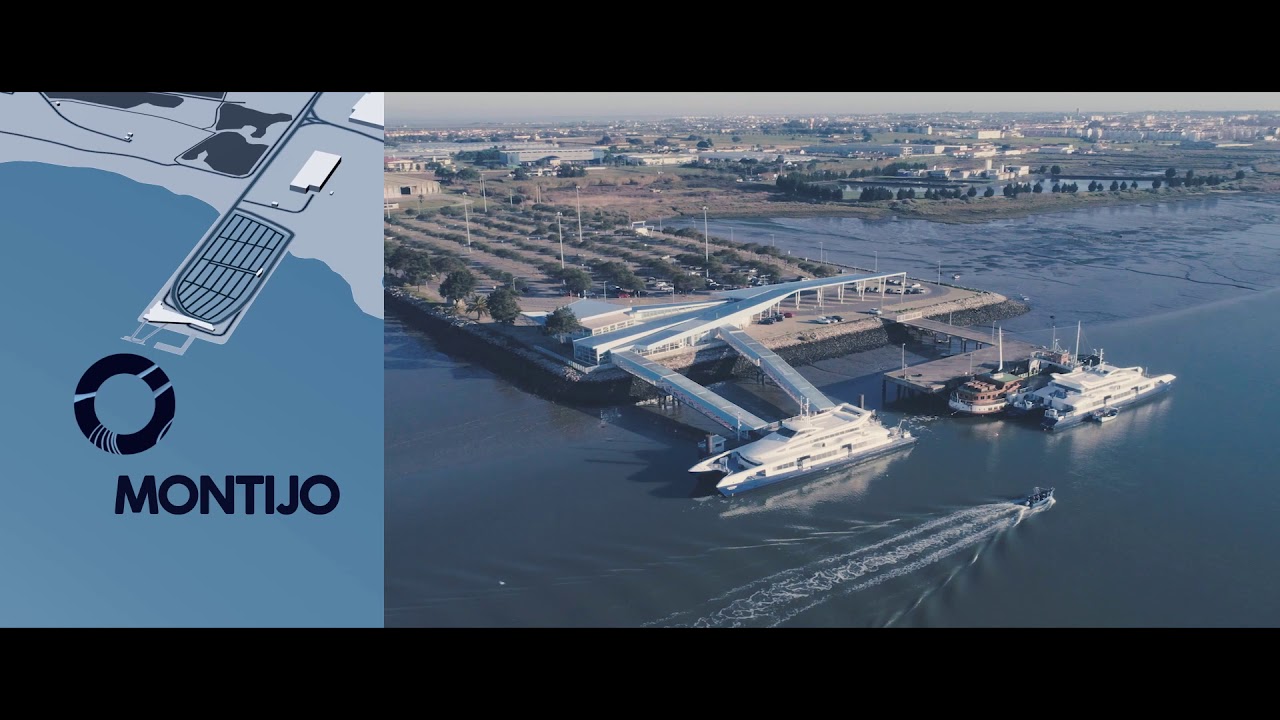
However, between the signing of the protocol in January 2020 and the completion of the study by ATL the following March, there were some changes: the idea of creating pontoons at Montijo and Matinha fell through, Ginjal was replaced by Olho de Boi, and the use of Cais do Sodré was to be evaluated, as Público reported in April 2020.
Since that date no more has been known about the project. The report presented at that time stated 15 months duration and a cost of about six million euros (60% from the Lisbon tourist tax revenues) for the total worksand indicated that the project's progress would depend on the evolution of the Covid-19 pandemic. The year 2021 was set for the start of the rehabilitation of the wharves, but the Público article stressed the bureaucratic process that still lay ahead: first, the approval of the ATL study by CML, followed by two months to prepare and approve the applications to the Lisbon Tourism Development Fund, fed by the tourism tax, another four months for projects, three for tenders and six for works.
The Rede Cais do Tejo came from an idea proposed by PSD councilor Teresa Leal Coelho, which was part of her electoral program in 2017. "We are not proposing anything that does not already happen in many cities in Europe and even outside Europe"Teresa Leal Coelho said in January, cited by PúblicoHe recounts the experience that it once took an hour and a half by car between Bobadela and São Bento - if he had taken a boat it would have taken much less time, believe me. "To date, the dynamization of the Tagus River, which will bring enormous advantages for mobility, for the economy and for regional development, has not been enhanced"he said.
Lisboa Para Pessoas contacted TTSL and ATL to get more details about the recovery of the Parque das Nações wharf, the possibility of reintroducing fluvial public transportation and the status of the Rede Cais do Tejo project, but did not receive timely responses. We will update this article if warranted.







